Overtourism has, with startling abruptness, become the hottest topic in travel. Cheap airfares, rising incomes and affordable accommodation mean honeypot destinations across the globe are groaning under the weight of visitors.
Rome is reporting fights among tourists as they scramble for selfie angles at the Trevi Fountain. Venice gets more than 25 million visitors a year, but the population of the city has more than halved as residents have been driven out by rising property prices and summer overcrowding. Walls in Barcelona proclaim “Tourists go home, refugees welcome”. On Everest, a rise in fatalities is blamed on the number of climbers stuck in the “death zone” as they wait in line to reach the summit.
In Ireland we have avoided the worst excesses of overtourism, but that is not to say that our visitor attractions, brilliant as they may be, do not get unpleasantly crowded from time to time. Fear not: Ireland is packed with alternatives. If our busiest attractions now bring out your inner claustrophobe, there are plenty of equally rewarding but far less crowded options.
Guinness Storehouse? Try the Smithwick’s Experience
It's Ireland's most popular fee-charging attraction, but it can be overpowering. When Guinness Storehouse is busy, you queue to get in, then stand in line to make your way through seven floors amid torrents of humanity. There isn't a guided tour, and although the Gravity Bar, at the top of the building, offers unforgettable views of Dublin, it can become incredibly busy. For a more relaxed experience, head to medieval Kilkenny city and the Smithwick's Experience. Here, a flesh-and-blood guide will show you around as part of a small group and tell the story of brewing in Kilkenny with the aid of cleverly designed interactive exhibits. You get close and personal with a Franciscan brewer and with talking portraits of the Smithwick family. A friendly and intimate experience where you will relax even more over your pint at the end.
Kilmainham Gaol? Try Crumlin Road Gaol
With more than 400,000 visitors a year, Kilmainham Gaol, in Dublin, is justifiably one of Ireland's premier attractions. It's where leaders of six Irish rebellions were detained, and where some were executed, so it drips with history. But it closed as a prison almost a century ago. For a more up-to-date and less busy take on Irish penal history, head to Belfast's Crumlin Road Gaol, where both Gerry Adams and Ian Paisley once resided as guests of Queen Elizabeth. Voted Belfast's top heritage property in 2018, it brings the troubled history of Northern Ireland vividly to light. The hugely informative guided tour covers the prisoner induction area, the cells, the governor's office, the daring escapes and the unforgettably eerie highlight of the execution room.
Croagh Patrick? Try Tochár Phádraig
Climbed by more than 100,000 people a year, Ireland’s holiest mountain, in Co Mayo, offers a rewarding penitential experience and an enrapturing summit view. It is, however, a tough challenge, with loose screes that are sometimes like ball bearings to walk on, while the hordes of climbers ensure it is rarely an away-from-it-all experience.
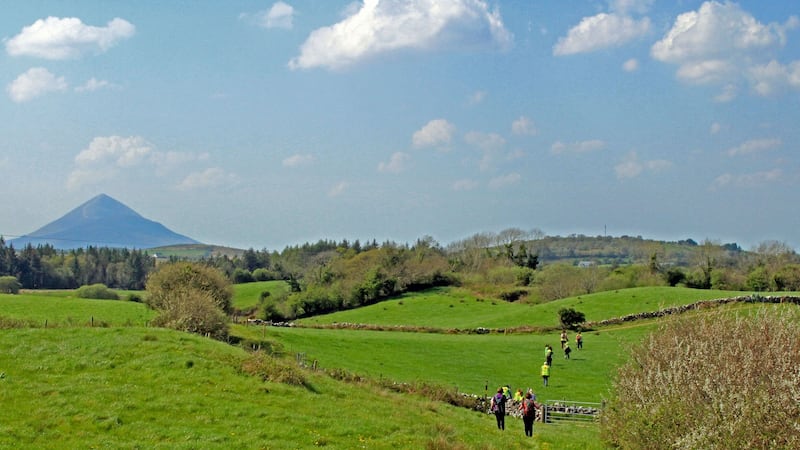
For a true escape, head instead for the medieval Augustinian Ballintubber Abbey and sign up for the Tochár Phádraig, a fully waymarked 34km pilgrim trail leading to Croagh Patrick that is generally covered over two days. Then settle into the metronomic but strangely comforting rhythm of walking, with almost every wood, lane, Mass rock and stream seemingly laden with a saga from earlier times. And you don't have to go all the way to Croagh Patrick's summit: the convenient pilgrim destination is Murrisk at the mountain foot.
Muckross House? Try Derrynane House
Muckross House is the epicentre of Killarney tourism, with more than 500,000 fee-paying visitors. It is a wonderful part of Co Kerry, with something for all the family: charming walks, a historic abbey, breathtaking views, a great historic house and a working farm. In the tourist season, however, queueing is the norm.
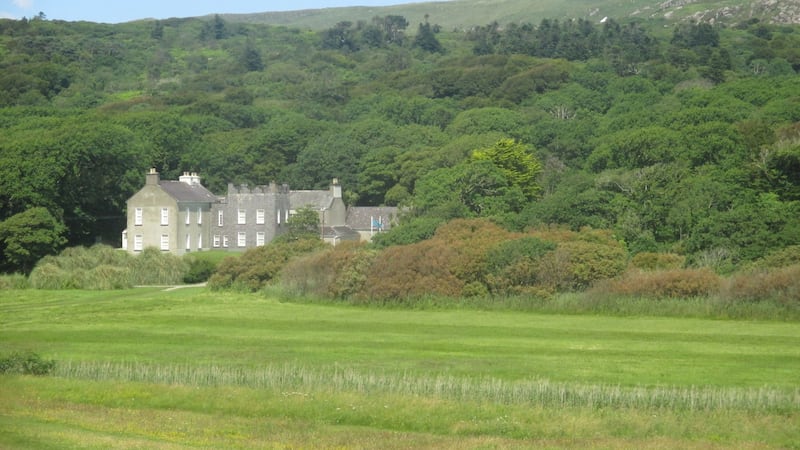
For an away-from-it-all feel, head instead for Derrynane House, ancestral home of Daniel O'Connell, the Liberator, in south Co Kerry. Walk the glorious beach, inhale the sea air and then continue along one of the woodland loops. Afterwards, take a guided tour of the house, where modest visitor numbers will ensure a personalised experience with the friendly guides before retiring to the lovely little coffee shop to mull over what you have learned.
Cliffs of Moher? Try the Kerry Cliffs
Expensive and regularly seem overcrowded, the Cliffs of Moher, in Co Clare, can sometimes seem like a frenzied anthill. The cliffs themselves are indeed awe-inspiring, but Ireland has many others – on Achill Island, in Co Mayo, Fair Head, in Co Antrim, and Slieve League, in Co Donegal, for example – where you will breathe more easily.
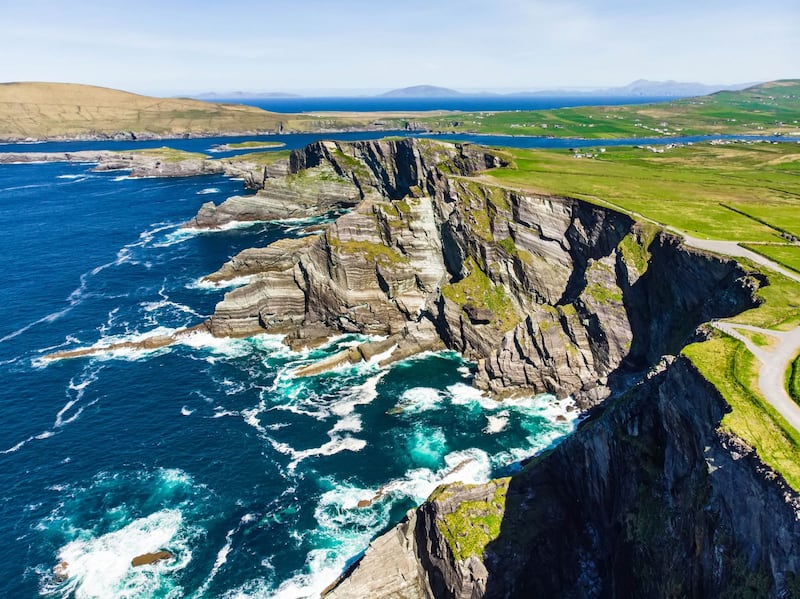
My favourites are tucked away on the Skellig Ring, in the far southwest of Ireland, and are available for a modest €4 admission fee. What is compelling about the Kerry Cliffs is their multicoloured rock, the lack of crowds and the fact that the Skellig Islands seem almost within touching distance in the Atlantic Ocean before you.
Kilkenny Castle? Try Cahir Castle
Attracting more than 400,000 visits a year, Kilkenny Castle is probably Ireland's most visually appealing fortress. But the 17th-century demolition of the south defences – compliments of Oliver Cromwell – and a later Victorian-era restoration mean it has been transformed into a very impressive 19th-century manor house.
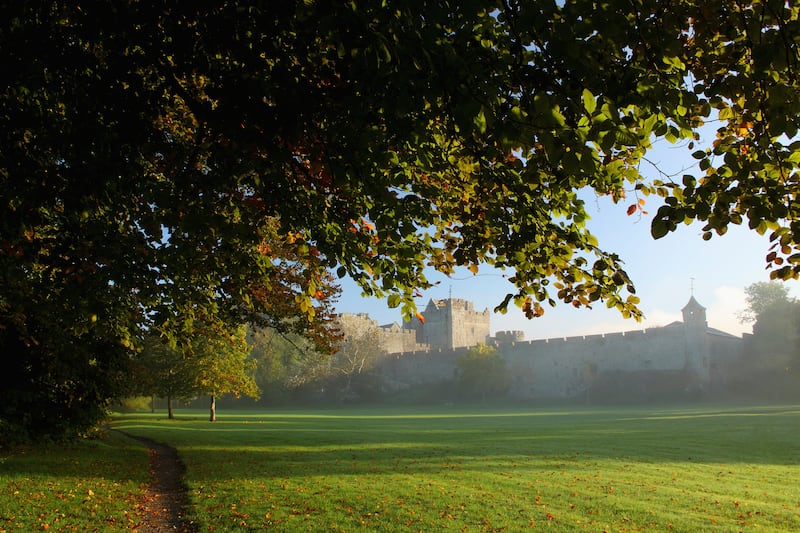
If you would like to get up close to the enormous defences of a real medieval fortress, Cahir Castle, in Co Tipperary, is a better bet. Built on an island in the River Suir, and attracting a more modest 80,000 visitors, it has all the defensive trappings and discomforts you would expect from a great castle. Kids will enjoy the guided tour, which outlines the many clever features awaiting attackers: curtain walls, machicolations, a portcullis and then a dismal dungeon for unsuccessful assailants. The cannonballs lodged in the great walls are another highlight.
Titanic Belfast? Try Titanic Experience Cobh
I'm not a great one for interpretive museums, preferring real experiences, but as such attractions go Titanic Belfast is very good. It eloquently tells how Edwardian Belfast came to be an industrial powerhouse unique to Ireland. Charting the growth of the Harland and Wolff shipyard, it recounts the story of the Titanic and the people who built and sailed it. If you prefer a more personalised experience, the less frenetic Titanic Experience Cobh, which is based in the old White Star Line offices, is just the place for you. When you arrive you're given a boarding card as one of the 123 passengers who joined the ship at the small Co Cork port town. I became John Kennedy of Watergate, Limerick. Your guide then takes you through the boarding process from Heartbreak Pier, from where 1.5 million emigrants left Ireland. Skilfully telling the story of some who perished and others who miraculously survived, the tour soon draws you in. I found it emotional and gripping, as if the ghosts of the past were still about, even though I survived the sinking as John Kennedy.
Dublin Zoo? Try Fota Wildlife Park
Dublin Zoo is one of the world's oldest and best managed from an animal-welfare point of view. Thirteen hectares was added in 1997, which did much to allay criticism about the amount of space for the animals. On busy afternoons it can, however, be difficult, particularly for small children, to see the animals through the crowds.

No such problems exist at Fota Wildlife Park, its sister organisation, in Co Cork. Here, much more space and fewer visitors ensure the animals have greater freedom. It's also easier to get close to them. Fota compensates for not having as many exotic species as Dublin Zoo with ample parking and a more relaxed experience, with plenty of open spaces that kids will love.
Inishmore? Try Inishmaan
Inishmore, off Co Connemara, is a captivating island. Dún Aonghasa is awe-inspiring, and there is plenty more: the westerly Seven Churches, the ancient fort of Dún Dúchathair, and Poll na bPéist natural diving pool. But the place does get a tad overcrowded, for it's tidal tourism at its most frenzied, with an avalanche of day-trippers arriving before noon and all departing in the late afternoon.
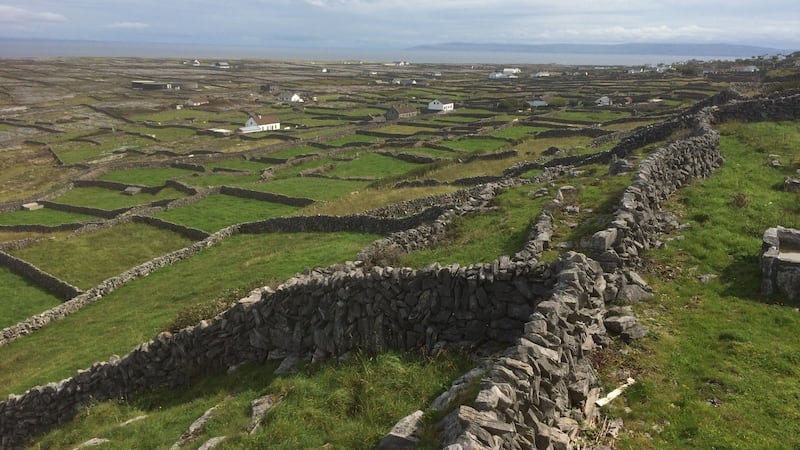
No such problems exist next door, on Inishmaan, a genuinely Irish-speaking part of the Aran Islands. In the quietude for which this island is renowned, you can explore its centre on the Lúb Cill Cheannannach walk. You can also cross the uninhabited south coast, visiting the haunting Cathaoir Synge on the way and returning by the improbably huge fort of Dún Chonchúir, offering a 360-degree panorama from atop astounding stonewall defences. But don't do it in a day: Inishmaan needs at least one night to capture the special ambience.















